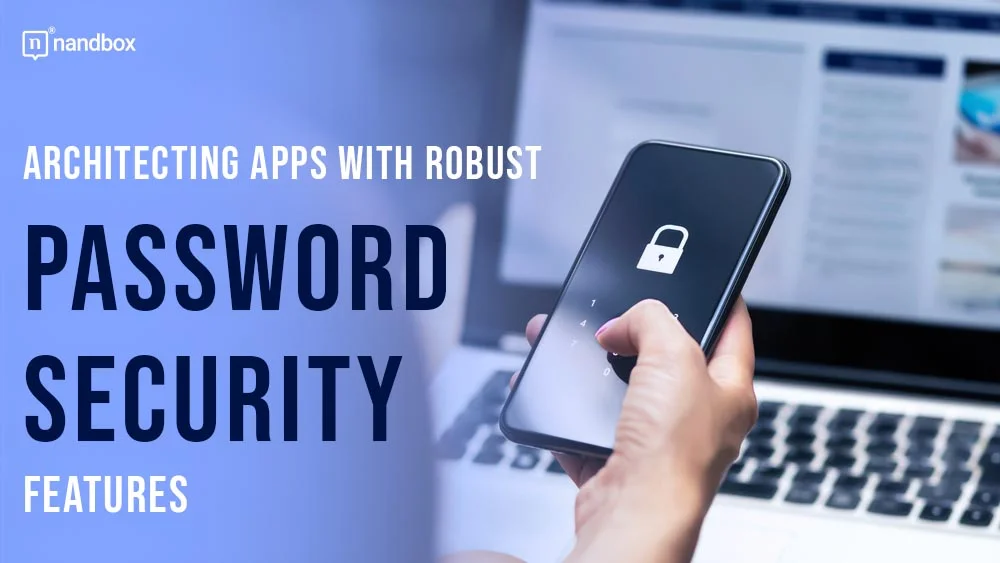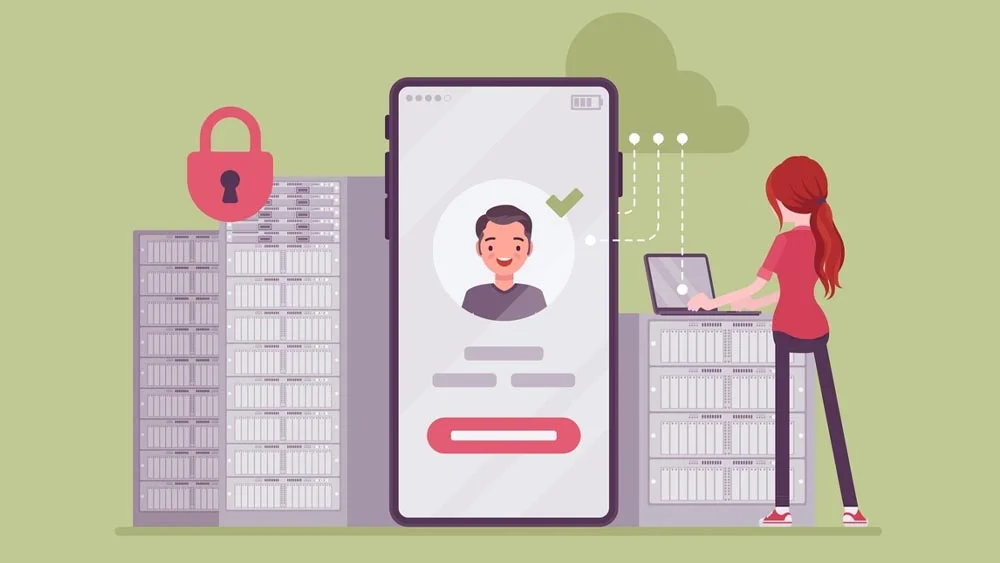Mastering Password Security Features in App Development
Unsecure apps are open to a large number of vulnerabilities and attacks. Modern apps run on complex networks and cloud-based platforms. When an attack happens, it could disrupt thousands of computer systems. In the past, developers created apps and then developed their security systems in the testing phase. There is a shift in this approach by developers. The security of apps today is considered part of their entire design and architecture. This creates a unified app design that considers the risks the app faces. The architect app and design process must include robust password security in the app structure. Robust application security covers software, hardware, and cybersecurity best practices.
Identify Password Security Requirements in the Planning Phase
An excellent application password management should start at the planning phase. The developer should envision a secure structure. Besides the app’s goals, security should be integrated into the design. The designer should list the critical elements to include. They could include access authentication and data safety.
It may include app availability and data integrity. The developer should also consider cases of breaches. Users should be able to recover data with ease if a breach occurs. The features should work across all the environments where the app is used. These may include cloud platforms, IoT devices, and mobile networks. They could include computer networks and endpoints.
The responsibility of ensuring app security is the responsibility of both the user and the developer. The user needs to observe the best practices when using the app. The protocols include ensuring the device is secure. The user needs to make sure they always use a password on apps. If you are using an iPhone, learn how to enable app lock on your iPhone. The app lock iOS is located in the screen time. Learning how to lock apps on an iPhone improves the security of your applications. You improve the security of your phone and that of many other users online.
Integrating Password Security Features in the Development Phase
Possibilities of threats are real even when the app is under development. Integrating password features in every phase is necessary. The designer needs to make sure the general design addresses different considerations.
Security Features
The functionality of the app must be tied to a list of secure features. These features should not affect the entire security of the app but improve it. The important security functionality features may include:
- Apps administrator and user authentication requirements
- Secretes management for features such as APIs, keys, and passwords.
- User account management
- Logging and monitoring features
- Availability considerations
Considering the Attributes of an App’s Robust Password Security Features
There are unique attributes that robust applications need to have. They are the features that make it considered password-secure. These attributes must be included within its architecture. The architect needs to consider each and ensure they integrate it into the app. These should be included in the development phase. The key attributes include the following:
Communication Security
Every time the app is in use, it communicates through different protocols. The app receives requests and replies from and through servers, APIs, and browsers. Each communication path needs to be secure. The architecture needs to offer app integrity and data confidentiality during communication. The architect may use the HTTPS protocol. It can be enhanced through the use of SSL and TLS certificates. These should be integrated into the app architecture.
Multiple-Tier Authentication
Different components make an app. It has the source code, front and back end, master keys, storage, and so on. Multiple-tier authentication considers all these components. Since they interconnect, one component can help authenticate the other. The goal of this measure is to prevent a criminal from impersonating the identity of components.
Logging Security
Apps require users to enter their logging passwords. The security of the passwords can be compromised. The developer needs to know how unauthorized logging happened. This can help him improve the app’s security. Including logging security in app architecture is critical. The architect can see different scenarios where unauthorized access can be made.
Securing The Server-Side
Both the web browser and web server need to be secure. The validation process needs to be flawless. Ensuring the user side has all the validation data needed minimizes communication time. Data does not need to travel to the backside and then to the front side. Nevertheless, to keep away malicious people, there should be a connection between front-end validation and back-end validation.
Encrypting Key Application Components
Every app contains critical data and components. Encryption helps protect the information in each component. Malicious people could access one or all of the components and change their structure. If they do, the purpose of the application would change. It could be a malicious application.
The source code
Encrypting the source code protects the integrity of the app. It keeps malicious people from reversing its structure. Encryption puts another security layer on the source code. It protects the important functionalities of the app. The developer protects the intellectual properties of the app.
Files and database encryption
Apps may store data on remote servers or the user’s gadget. The app files contain sensitive data that affects its functionality. Hackers could access the file architecture or databases of the app. Encrypting them protects them from potential data breaches.
Advanced authentication
The architect may include advanced authentication into the app. This procedure makes it harder for anyone to penetrate the app. This type of authentication requires users to use their biometrics. They may scan their iris, fingerprint, voice, face, or retina.
Ensuring Backend Security
The backend contains critical data for the functionality of the app. Without it, the front end may never run. Protocols for backend security include SSL, TLS, RBAC, AND ACL.
Security of Architect App: Best Practices
Application security architecture focuses on ensuring the framework of an app is security-oriented. The architect determines the way and process for integrating security features in the app. The best practices required include assessing the app’s risks. They need to assess the design to ensure it is resilient. After assessing, the developer must implement defense layers within the structure.
Defense lawyers should be integrated into every critical component of the app. These should include the source code, files, databases, UI, and the backend. After launching, the app needs regular testing. This allows the developer to determine the update measures needed.
Conclusion
The complexity of apps’ security vulnerabilities today is more complex. Regardless, developers need to provide apps with robust functionality. It is crucial to build an app that integrates all security features in its development phase. The app requires vibrant password security features for enhanced protection. Within the app structure, include authentication protocols. Add security in the frontend, backend, and communication channels. Encryption ensures the entire app is secure.





